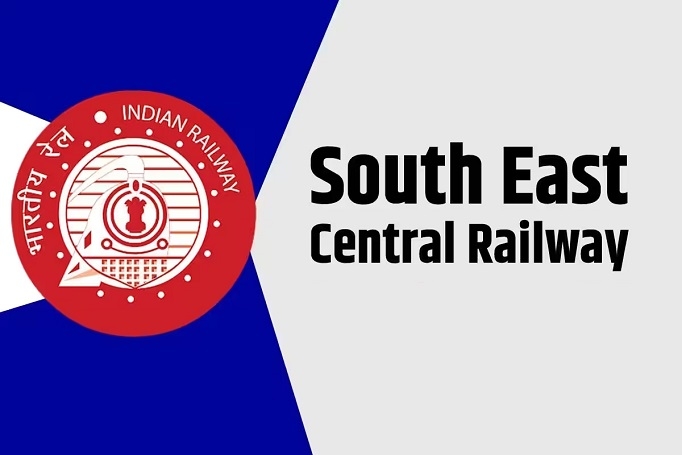SECR plans to bifurcate 412 km Bilaspur-Nagpur corridor
| Date :22-May-2023 |

Staff Reporter :
The South East Central Railway (SECR) has adopted a piecemeal approach in decongesting the Bilaspur-Nagpur 412 km corridor as its previous attempt for a single tender failed to find any takers. Now, the Construction Department is preparing a detailed project report (DPR) on Rajnandgaon-Gondia section, a route of 73 km, to get an estimate of the financial outlay.
SECR is leading in coal hauling over Indian Railways (IR) and so officials have been trying to expedite the survey, including that of traffic, and seeking to know the future potential and challenges that it may encounter during the construction phase.
Given the long gestation period involved in a railway project, SECR has been trying to expedite the new corridors. Somehow the single tender of 412 km did not find any takers. This happened not once, but twice, forcing the authorities to rethink their approach.
The 412 km was bifurcated into three stretches, Nagpur-Gondia, Gondia-Rajnandgaon and Rajnandgaon-Bilaspur.
Justifying the need for a new corridor, Basant Shukla, Secretary, Bharatiya Yatri Kendra (BYK), said SECR is the top loader and earner in Indian Railways and there is an urgent need to take-up expansion work as it would ease congestion and help travel faster between two growth centres, Nagpur and Bilaspur.
Outlining the project, SECR's Nagpur Region Construction Wing has sought estimates for future traffic potential to justify the fourth line. This would include current flow of train and projected growth over the next few years. The traffic survey would mention the two points as to movement of goods rakes and long distance Mail/Express as well as short
distance passenger trains.
Since the SECR route is also
connected with sea port,
Vizag, airports this factor
need to be calculated to estimate the growth potential.
DPR is key to seeking funds
from Railway Board for taking-up the new line project.
Apart from getting a hindsight of possible capital outlay, the traffic survey is quite
comprehensive as it provide
complete low-down of traffic potential, current land
availability and additional
requirement, if any.
During
the survey, a survey of the
topography is most crucial as
same helps in identify the
alignment of track on which
depends the aspect of land
that would be required for laying the 4th line. Also the soil
samples are collected and
thoroughly analyzed to get to
know sub-strata as on it lays
the type of bedding that
would be needed to be prepared for laying of the tracks.
During the survey, the men
on field also take note of
requirement of minor and
major bridges, tunnels, railway overbridges (RoBs),
Railway Under Bridges
(RuBs), level crossings. Now
that Rail over Rail (RoR) is
being constructed at many
places, the same needs to be
incorporated with justification.
Similarly now with
advancement in technology
and its incorporation in
Railways, the new survey
would like to keep focus on
having straight line formation.
This would help in running high speed rails as due
to curvatures the speed of
trains slows down that has
cascading effect on tracks.
Most important in any new
line project, the earnings
from goods traffic forms a
key element of the survey as
it helps in arriving at rate of
returns. Though the formula for returns have undergone quite a change, as
besides economic feasibility, the social benefits of the
projects, mainly to agriculture sector, tourism potential is also kept in mind.
Apart from traffic survey,
the SECR authorities are also
seeking to know fund requirement for electrification and
S&T facilities that would be
need on 4th line.